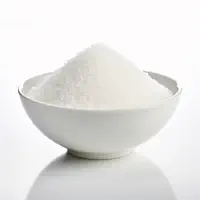
The PVC (polyvinyl chloride) industry is a key sector involved in the production and utilization of PVC, a versatile plastic polymer. PVC is widely used in various applications due to its durability, chemical resistance, and versatility. In the construction sector, PVC is employed for pipes, fittings, and profiles in windows and doors. The automotive industry utilizes PVC for interior and exterior components, such as upholstery, dashboards, and cable insulation. PVC is also prevalent in the production of consumer goods, packaging, and medical devices. The industry encompasses the manufacturing of PVC resin through polymerization processes, as well as the formulation of PVC compounds for specific applications. While PVC offers numerous advantages, concerns about its environmental impact, particularly during production and disposal, have led to increased focus on sustainability and recycling initiatives within the PVC industry. Efforts are underway to develop more eco-friendly formulations and improve recycling technologies to mitigate environmental impact.

Polyethylene wax (PE wax) is a synthetic wax made from polyethylene, a polymer composed of repeating ethylene monomer units. Here are some physical features of polyethylene wax: Applications Appearance: Polyethylene wax is typically available as a solid in various forms, including granules, flakes, or powders. It is usually white or pale yellow in color. Melting Point: The melting point of polyethylene wax can vary depending on its molecular weight and degree of crystallinity.

Fischer-Tropsch wax, also known as FT wax, is a petroleum-derived wax produced through the Fischer-Tropsch process. It exhibits the following physical features: Characteristics Appearance: Fischer-Tropsch wax is a hard, solid substance at room temperature. It is typically found as white or off-white flakes, pellets, or powders. Melting Point: The melting point of FT wax can vary depending on the specific composition, but it generally ranges between 45°C (113°F) and 100°C (212°F).
For a consultation call us today at
+44 20 7101 3847
Bio Greenware Ltd ®